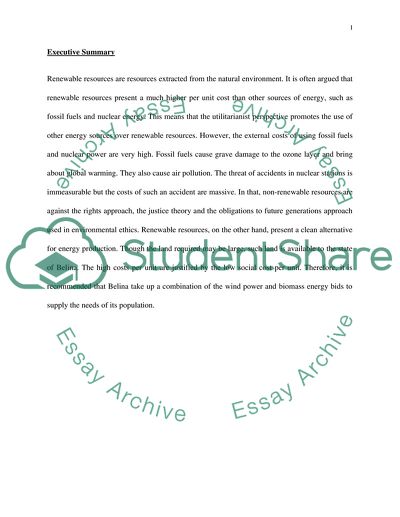Cite this document
(Importance of Ethical Energy in Belina State Essay - 3, n.d.)
Importance of Ethical Energy in Belina State Essay - 3. Retrieved from https://studentshare.org/environmental-studies/1550590-ethical-energy
Importance of Ethical Energy in Belina State Essay - 3. Retrieved from https://studentshare.org/environmental-studies/1550590-ethical-energy
(Importance of Ethical Energy in Belina State Essay - 3)
Importance of Ethical Energy in Belina State Essay - 3. https://studentshare.org/environmental-studies/1550590-ethical-energy.
Importance of Ethical Energy in Belina State Essay - 3. https://studentshare.org/environmental-studies/1550590-ethical-energy.
“Importance of Ethical Energy in Belina State Essay - 3”. https://studentshare.org/environmental-studies/1550590-ethical-energy.


